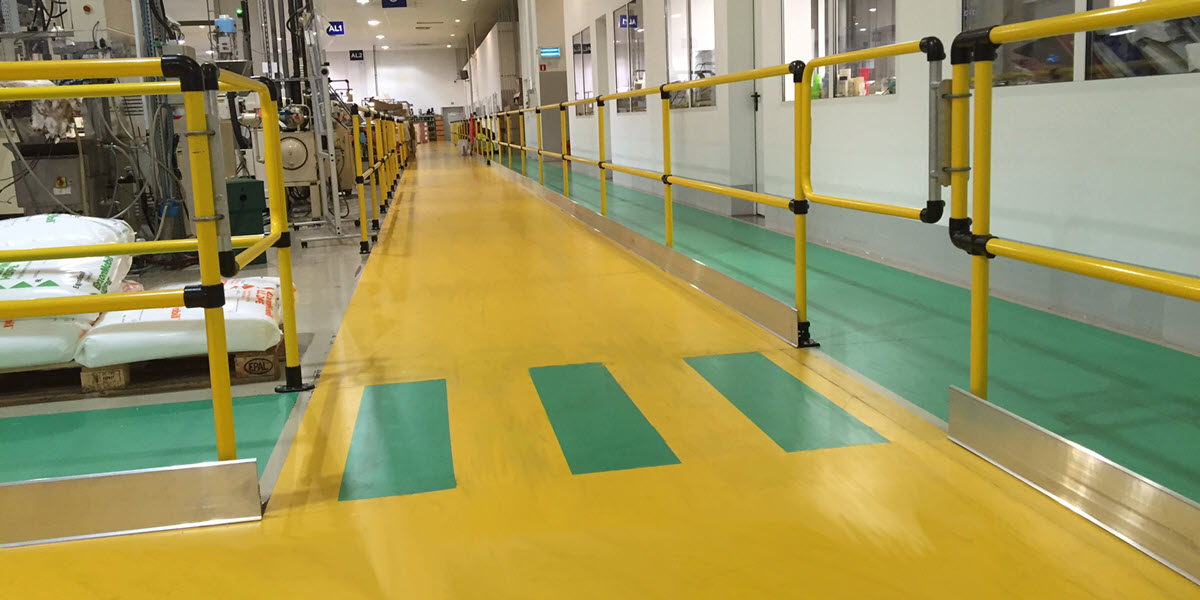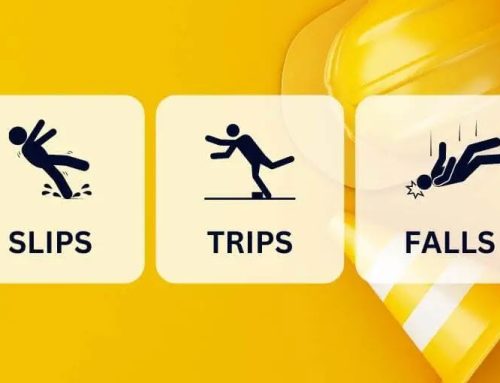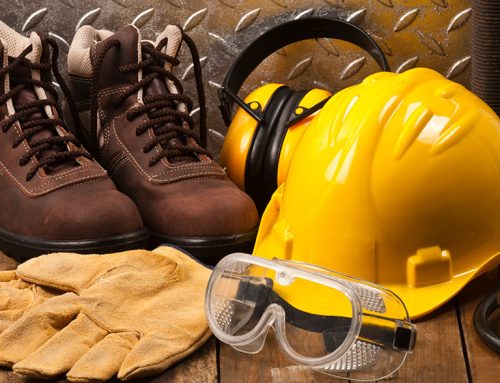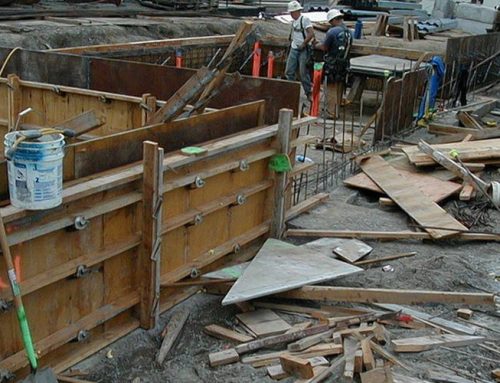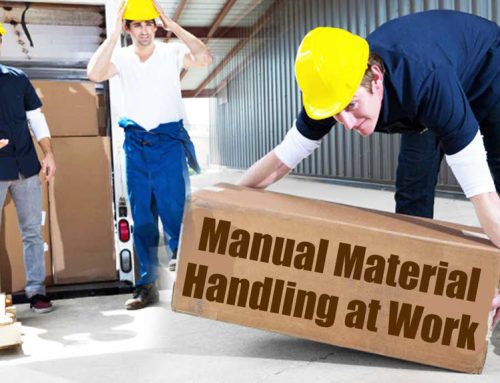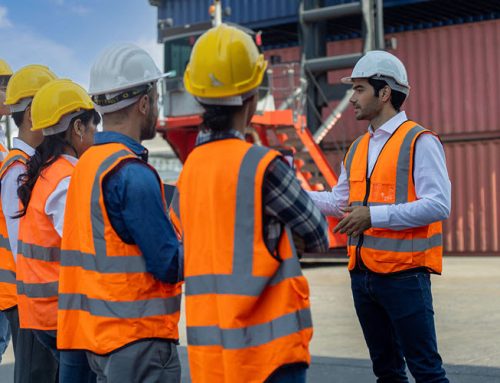A toolbox talk on site transport and pedestrian segregation is an effective way of preventing workplace accidents through safety meetings conducted prior to the actual work is carried out. There are so many cases of accidents each year from site transport and pedestrians. On site workers are run over, knocked down, or crushed by mobile plant, trailers and vehicles such as tractors and forklifts. There are also reported incidents of workers falling from vehicles while getting on or off on them, when unloading or loading and working at height. The supervisor must always consider if there is a safer and easier approach on performing a given task. The risk assessment by the supervisor must reflect on every transport activity on work site such as loading and unloading amongst others.
Toolbox Talk on Site Transport and Pedestrian Segregation
It can be very useful when the supervisor carefully observes every vehicle and personnel moving around on the job site. In order to check where pedestrians and vehicles potentially interact, the vehicle, plant and pedestrian movements should be marked on a plan. By pedestrian, we are referring to any individual travelling by foot. When it comes to the site, pedestrians can include the workforce, members of the public or visitors on site. One of the leading reasons of worksite fatalities is people getting hit or knock down by vehicles or mobile plant. Addressing this issue in a toolbox talk on site transport and pedestrian segregation is important, as pedestrians and vehicles should be able to move safe and sound around the worksite and in accordance with the law. In order to make it effective, the reasons of conducting the toolbox talk should be clearly explained. The reason can be a recent event in the area or any other location within the industry. The issue can be explicitly recognised or directly relevant to the job site. Whatever the reason is, its relevance should be explained to the workers.
Providing the Toolbox Talk on Site Transport and Pedestrian Segregation
The supervisor can ask appropriate questions in a manner that sounds relevant with the worksite conditions, for example, what are the key hazards on this site with plant movements? The toolbox talk on site transport and pedestrian segregation should cover details on the principle hazards together with the do’s and don’ts.
Visitors on Site
It should be kept in mind that visitors may be at risk in particular, due to being unfamiliar with the work activities and premises. Based on this, unauthorised passengers should never be allowed on work site and access should be controlled. Furthermore, vehicles or plant should not be permitted to reverse on site, unless it cannot be avoided and the driver has a clear unhindered vision or a banksman can provide assistance. Improvements should be identified by the supervisor for reducing interaction between vehicles and pedestrians.
Understanding the Risks
Not every individual has the same understanding of the risks associated with vehicles and mobile plant on site. As a result of this, then we cannot simply assume that every pedestrian will recognise the additional risks related to huge mobile plant which are different from the usual road vehicles interaction. These include, but are not limited to inconstant stopping, decreased visibility, intervening noise amongst others.
Separating Vehicles and Pedestrians
Dangerous situations can be prevented through traffic planning and separation of pedestrians and vehicles. Separate ways or pavements should be provided for pedestrians in order keep them away from vehicles wherever it is possible to do so. In this aspect, the most ideal approach is by making routes completely different to split pedestrian from vehicle activity.
Proper crossing points with adequate signage should be provided where the routes of pedestrian and vehicle cross with each other. Pedestrians should never be in doubt of a crossing, in this connection consider using zebra crossings, traffic lights or bridges at busy crossing places where possible. In case routes inside buildings are used by vehicles, then suitable markings and signs should be used on the floor to communicate to drivers as well as pedestrians.
If you need to provide a toolbox talk on transport and pedestrian segregation, then our Traffic Management Toolbox Talk might be of interest to you.
Alternatively, if you are looking for a range of ready to deliver toolbox talks, then you might be interested in our toolbox talk packages which include range of toolbox talks at a cost effective price.

